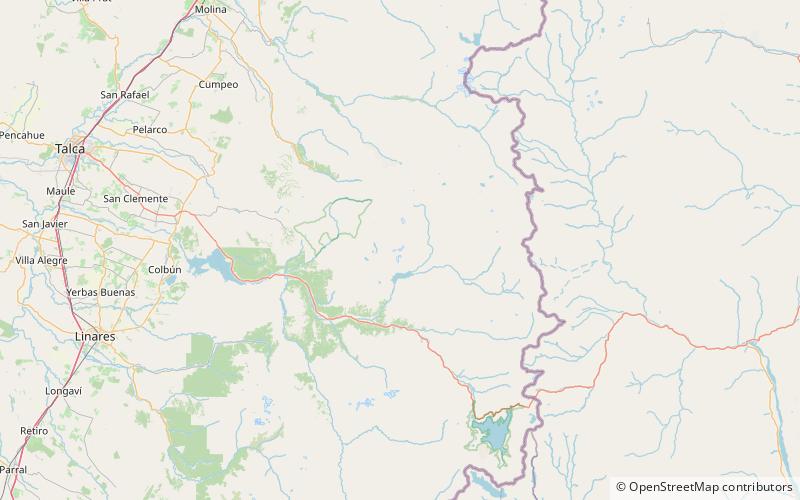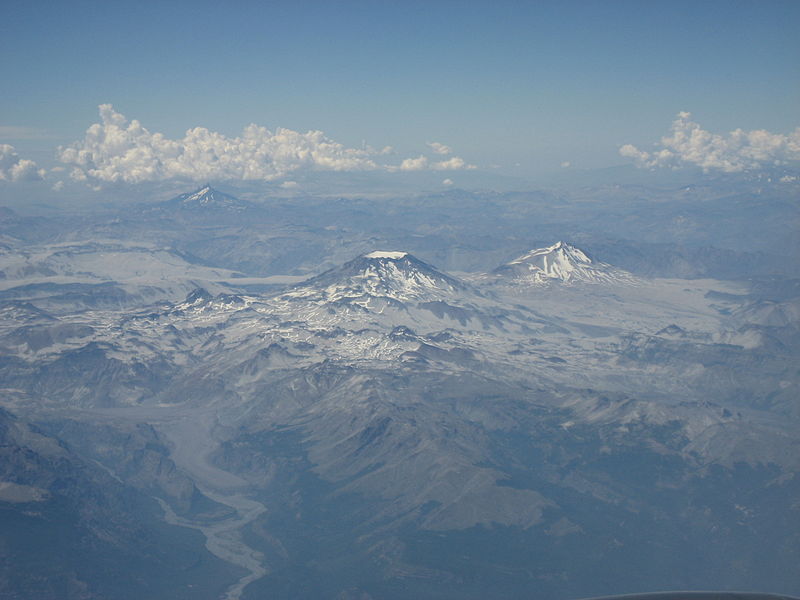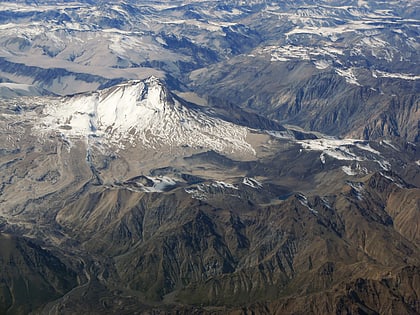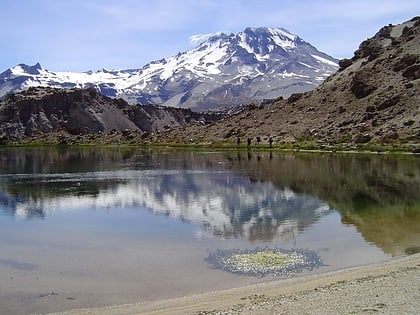Cerro Azul


Facts and practical information
Cerro Azul is one of the numerous volcanoes that form the South American landscape, specifically in Chile. This stratovolcano, characterized by its steep, conical shape and periodic explosive eruptions, is part of the Andean volcanic belt, a region known for its seismic activity and volcanic eruptions.
Located in the central part of Chile, Cerro Azul has a history of significant volcanic activity. The most recent eruption occurred in the 20th century, reminding us of the constant potential for change in this dynamic landscape. Its name, which translates to "Blue Hill" in English, belies the potential danger that lurks beneath its serene surface.
Cerro Azul is not just a geological wonder; it also plays an important role in the local ecosystem. The fertile volcanic soil supports a diverse range of flora and fauna, making it a hotspot for biodiversity. Additionally, the volcano is an important water source for the surrounding communities, with several rivers originating from its glaciers and snowmelt.
While Cerro Azul is not as frequented by tourists as some of Chile's other natural attractions, it remains a point of interest for volcanologists and nature enthusiasts. Its remote location and challenging terrain make it a destination for those seeking adventure off the beaten path.
Kilometer 131 South Pan-American HighwaySan Vicente de Canete Maule
Cerro Azul – popular in the area (distance from the attraction)
Nearby attractions include: Descabezado Grande.

